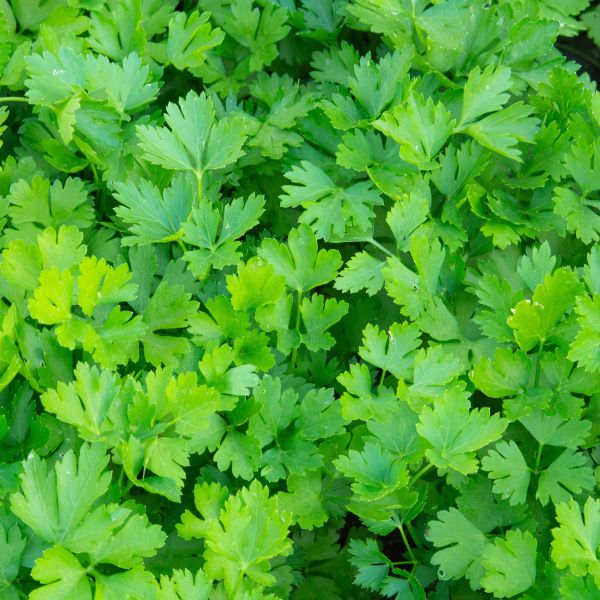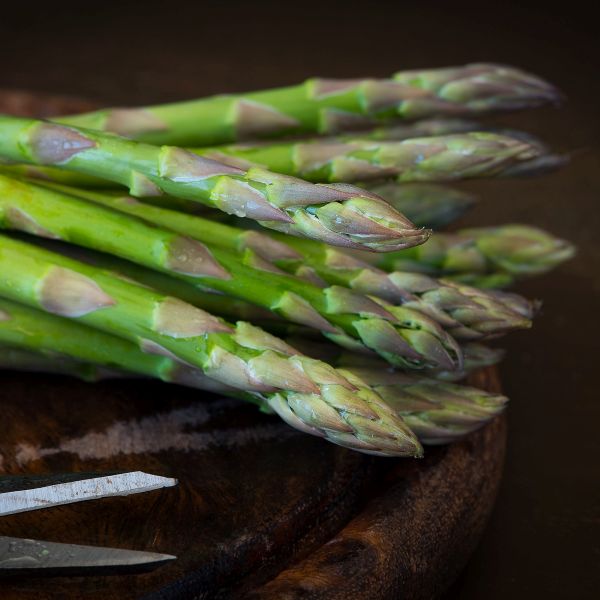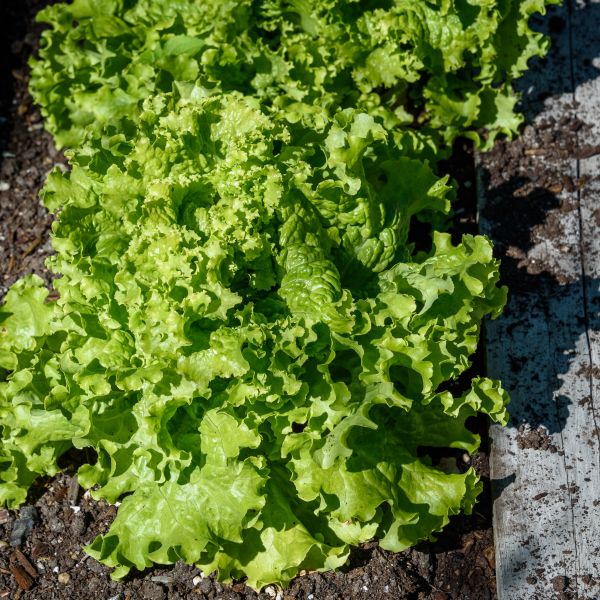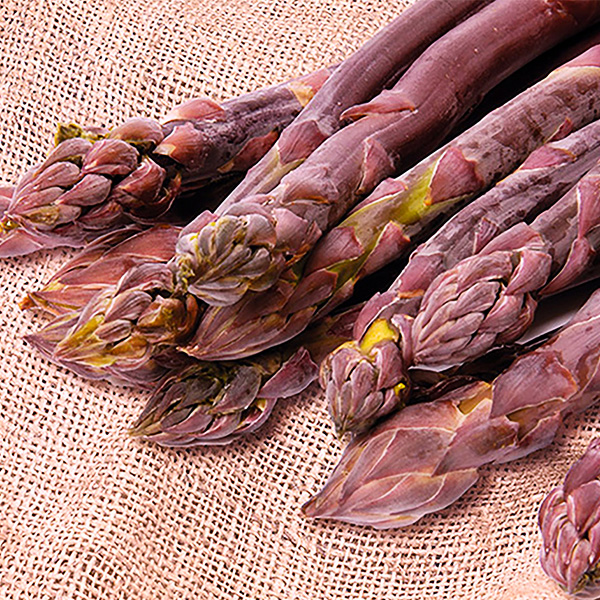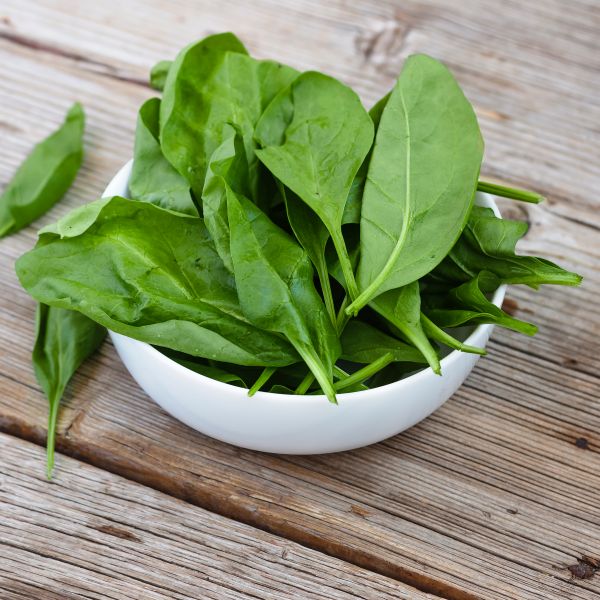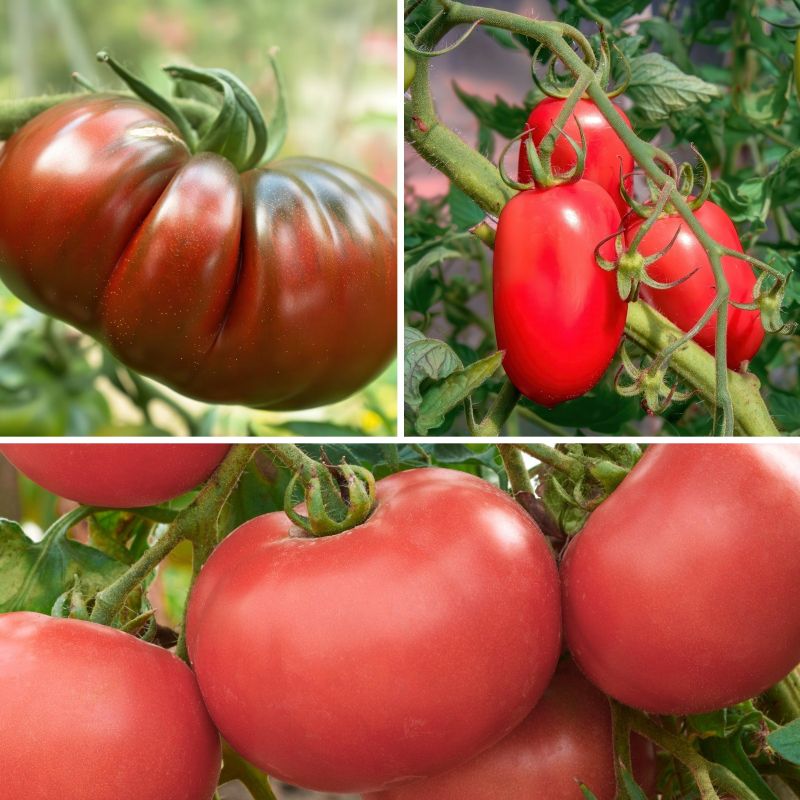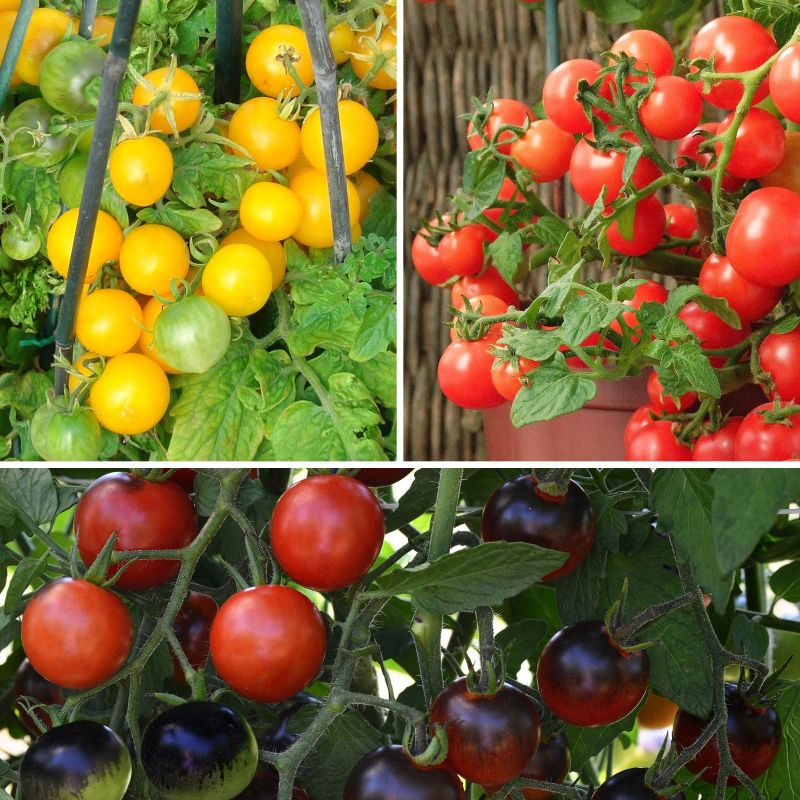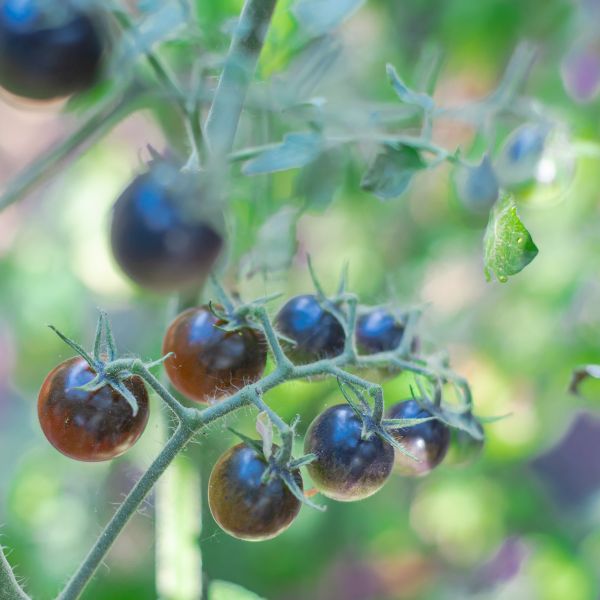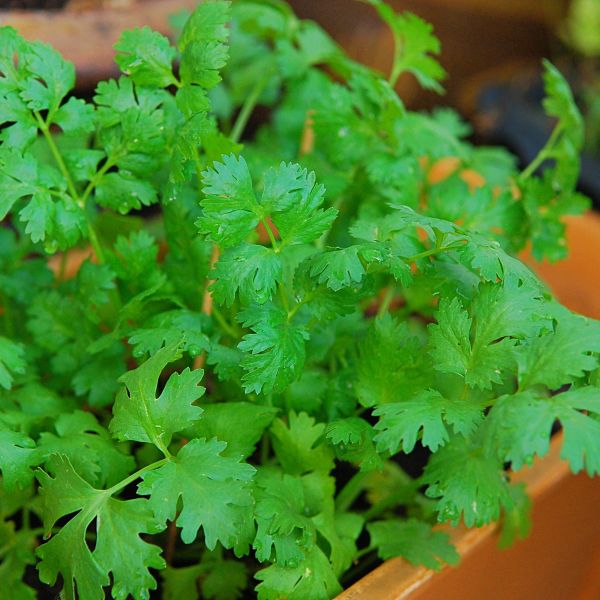
Cilantro
Coriandrum sativum Santo Cilantro
13 reviews
Cilantro
Coriandrum sativum Santo Cilantro
13 reviews
- Enhances the flavor of dishes
- Rich in vitamins and antioxidants
- Has potential health benefits, such as reducing inflammation
- Recommended by landscape designers for optimal fit in real yards
$60.00
$86.00
30% Off
- Ships to 43215 in 3 to 7 days
- Free Shipping Over $150
- Plant Arrival Guarantee
- In Stock
- Free Plant Consult
$200 - Landscape-Approved: Every Plant We Sell Comes With Design Expertise Behind It
2 1/2", 3 Pack
Not just beautiful - intentionally selected by ShrubHub's 3D landscape design team to fit real-world spaces and maximize yard potential.
Why Cilantro?
Cilantro is a versatile herb used in a variety of cuisines around the world. The Santo variety is known for its vibrant green leaves and strong, citrusy flavor. It is commonly used in Mexican, Indian, and Southeast Asian dishes to add a fresh and zesty element. Cilantro is also rich in vitamins and minerals, making it a healthy addition to any meal.
People who loved this plant also bought
Sunlight
Cilantro prefers full sun, meaning at least six hours of direct sunlight per day. However, it can also tolerate partial shade, especially in hot climates where some afternoon shade may help prevent the plant from bolting.
Watering
Cilantro prefers consistently moist soil, but it is important not to overwater as this can cause root rot. Water when the top inch of soil feels dry, typically 1-2 times per week depending on climate conditions. Mulching can help retain moisture and regula
Fertilizing
Cilantro is a relatively low-maintenance herb that thrives in well-draining soil with a neutral pH. It benefits from a balanced fertilizer with equal parts nitrogen, phosphorus, and potassium. A monthly application of a water-soluble fertilizer during the
Cilantro (Coriandrum sativum Santo Cilantro)
Cilantro, also known as coriander or coriander leaves, is an annual herb that is commonly used in cooking around the world. The Santo variety of cilantro is known for its fresh and aromatic flavor, making it a popular choice for many dishes.
Not only does cilantro add a burst of fresh flavor to your dishes, but it is also packed with nutrients. It is a good source of vitamins A, C, and K, as well as minerals like potassium and manganese.
Cilantro is commonly used in cuisines such as Mexican, Indian, and Thai. It pairs well with ingredients like lime, garlic, and chili peppers. It is often used in salsas, guacamole, curries, and stir-fries.
When selecting cilantro, look for bright green leaves with no signs of wilting. It is best to use cilantro soon after purchasing, as it tends to wilt quickly. To store cilantro, place it in a jar of water and cover it with a plastic bag in the refrigerator.
Whether you are looking to add a fresh and zesty flavor to your dishes or wanting to boost your intake of nutrients, cilantro is a versatile herb that can enhance a wide range of recipes.
Plant Information:
| Botanical Name: | Coriandrum sativum Santo Cilantro |
| USDA Zones: | 2 - 11 |
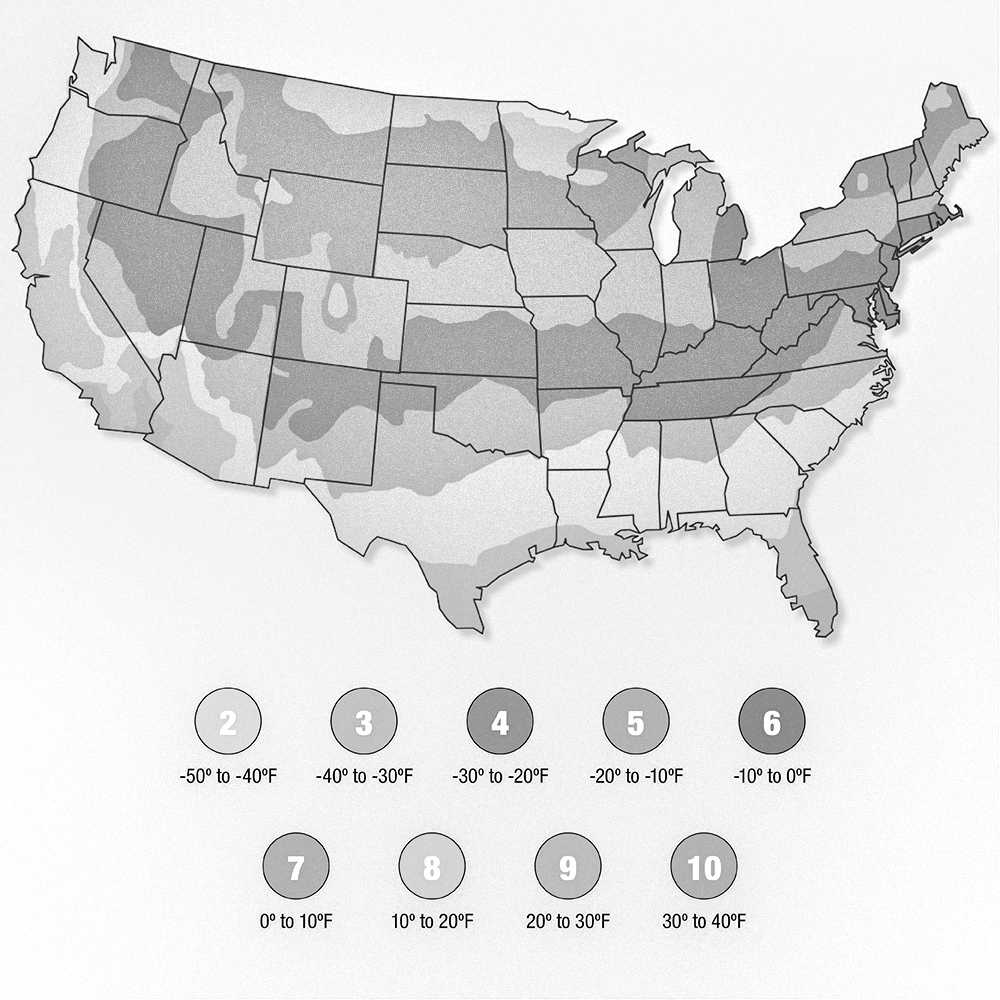
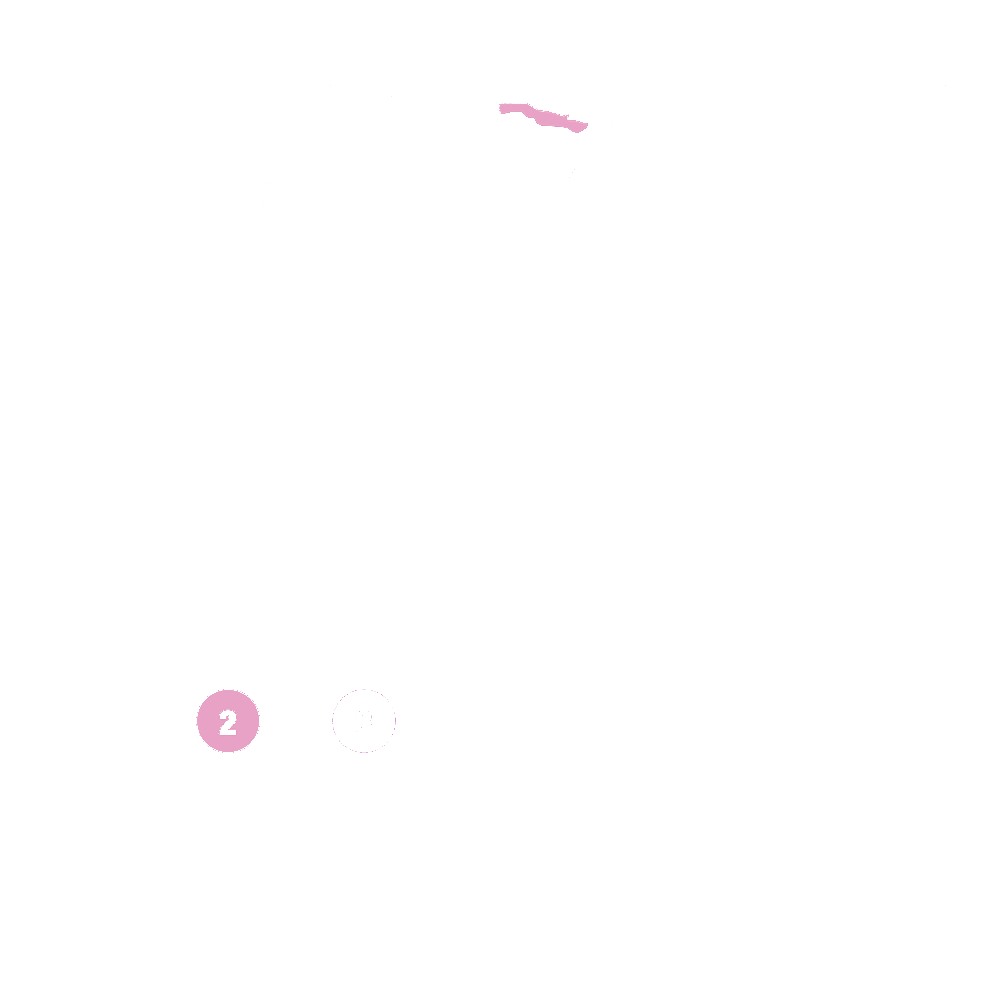






Pollination Info
Pollination Information for Cilantro (Coriandrum sativum Santo Cilantro)
Cilantro, also known as coriander, is a popular herb used in many culinary dishes. When it comes to pollination, cilantro is a self-pollinating plant. This means that the plant has both male and female reproductive organs and can pollinate itself without the need for external assistance, such as wind or insects.
The flowers of the cilantro plant are small and white, and they produce both pollen and nectar to attract pollinators. While self-pollination is the primary method of reproduction for cilantro, some plants may still benefit from the presence of bees or other pollinators that may help transfer pollen between flowers.
Overall, cilantro is a relatively low-maintenance herb when it comes to pollination. If you are growing cilantro in your garden, you can simply let the plant do its thing and it should produce seeds for future growth without much intervention on your part.
FAQ
Cilantro (Coriandrum sativum Santo Cilantro) FAQs
What is Cilantro?
Cilantro, also known as coriander or Chinese parsley, is an herb commonly used in cooking for its fresh and citrusy flavor.
How do I grow Cilantro?
Cilantro is best grown in well-draining soil with full sun or partial shade. Sow seeds directly in the ground or start them indoors and transplant seedlings once they are established.
How often should I water my Cilantro plant?
Cilantro plants prefer regular watering, especially in hot weather. Keep the soil consistently moist but not waterlogged.
When is the best time to harvest Cilantro?
Cilantro leaves can be harvested as soon as the plant has developed a substantial amount of foliage. It is best to harvest in the morning when the leaves are the most flavorful.
Can I dry Cilantro for later use?
Yes, you can dry Cilantro by hanging the leaves upside down in a warm, well-ventilated area. Once completely dry, store the leaves in an airtight container for future use.
Are there any pests that commonly affect Cilantro plants?
Cilantro plants are susceptible to aphids, spider mites, and whiteflies. Regularly inspect your plants for any signs of infestation and treat them accordingly.
Can I use Cilantro roots in cooking?
Yes, Cilantro roots are often used in Thai and other Asian cuisines for adding flavor to dishes. Wash and chop the roots before adding them to your recipes.
Is Cilantro the same as Coriander?
Yes, Cilantro refers to the leaves and stems of the Coriandrum sativum plant, while Coriander typically refers to the dried seeds of the same plant.
Planting & Care
Cilantro Planting & Care
Planting:
Cilantro, also known as Coriandrum sativum Santo Cilantro, can be grown from seeds or transplants. Here's how to plant cilantro:
- Choose a location with well-draining soil and full sun to partial shade.
- Sow cilantro seeds directly in the garden after the last frost date or transplant seedlings.
- Plant the seeds 1/4 inch deep and 6 inches apart in rows spaced 12 inches apart.
- Water the seeds regularly to keep the soil moist but not waterlogged.
Care:
Once your cilantro is planted, here are some care tips to help it thrive:
- Water cilantro regularly, especially during dry periods.
- Keep the soil evenly moist, but not wet, to prevent the cilantro from bolting.
- Harvest the leaves regularly to encourage new growth.
- Fertilize the cilantro plants with a balanced fertilizer every 4-6 weeks.
- Monitor for pests and diseases, such as aphids or powdery mildew, and treat as needed.
- Consider succession planting to ensure a continuous harvest of fresh cilantro.
Check Out These Verified Customer Reviews:
Customer Reviews
4.6 out of 5 based on 13 reviews
Thank you! Your review has been submitted.
Excellent customer service.
Great experience overall. Will continue to purchase from this site.
Cilantro arrived fresh and vibrant, exactly as pictured. The quality was exceptional and enhanced the flavor of my dishes. Customer service was top-notch and shipment was prompt.
Item has been added to your cart.

